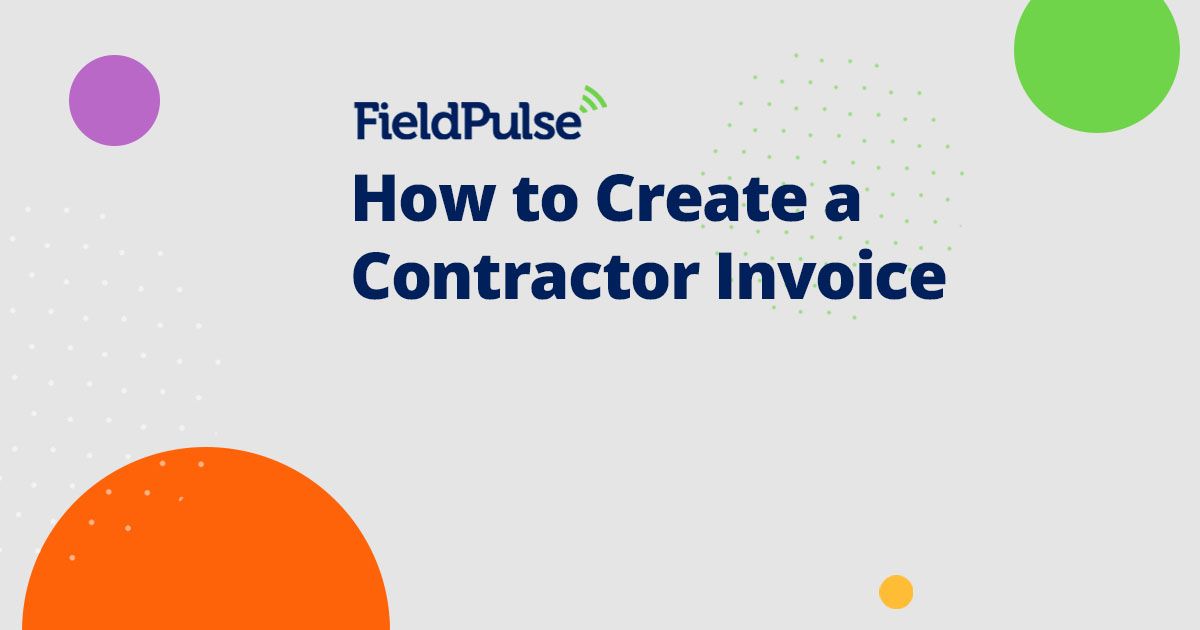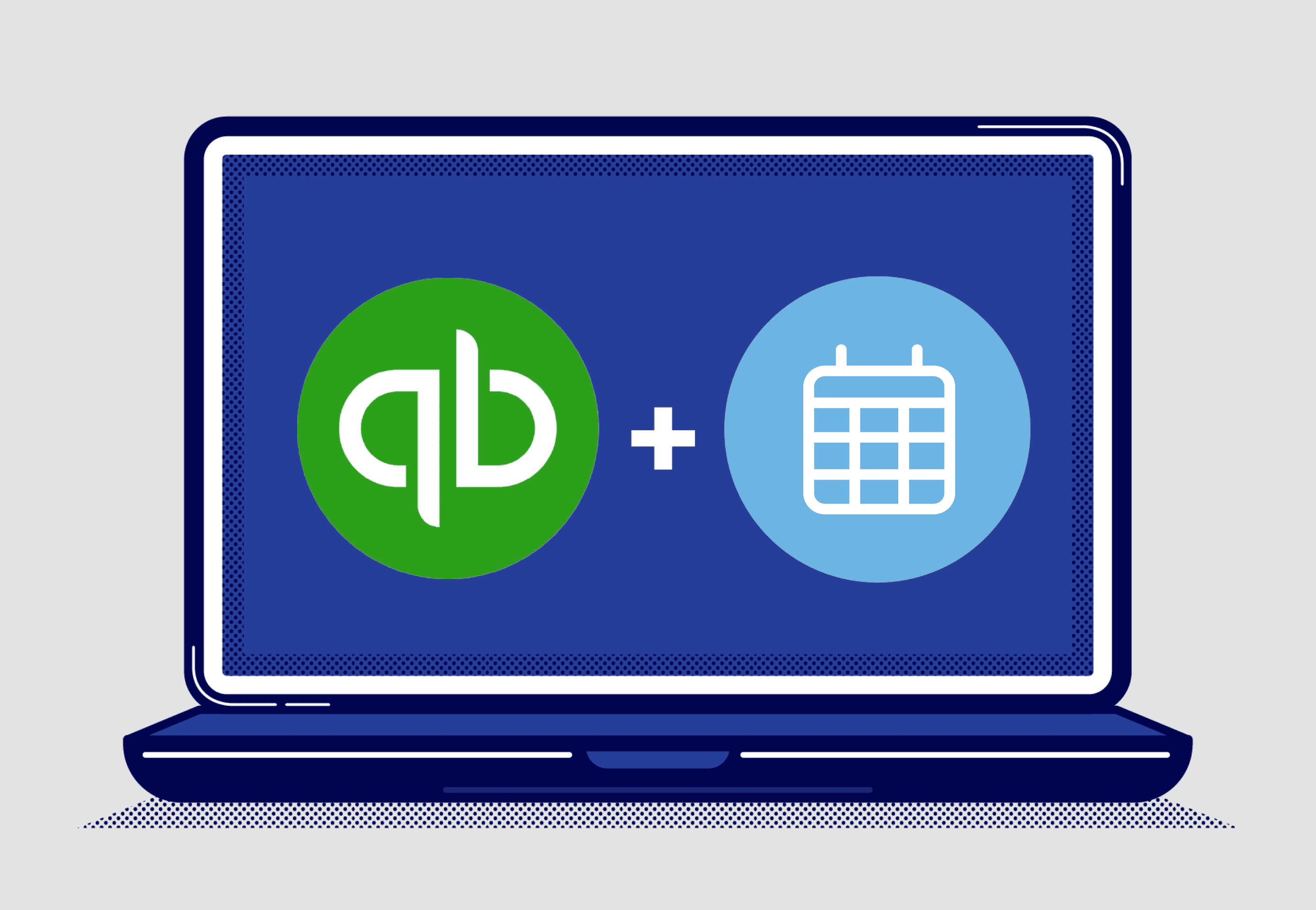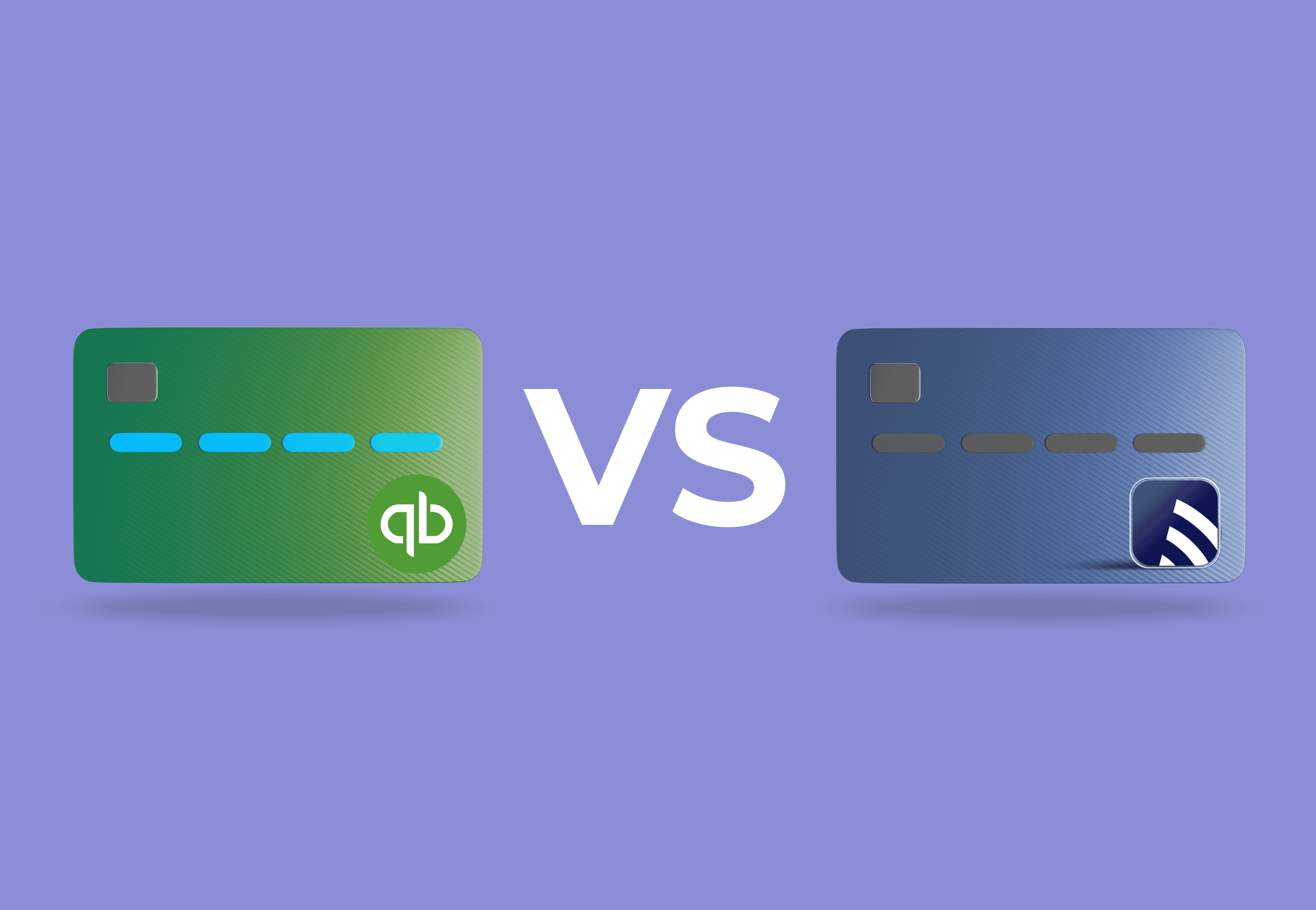How to Create a Contractor Invoice
Avoid payment delays and errors by including all necessary information on every invoice you send to customers. Learn what is needed and how you can generate estimates faster.
Jan 10, 2025

If you’ve recently started a contractor business , you’re probably ready to start billing customers. It’s an exciting step because it means you’ve gotten new work and you’re about to make money. But you have to present the bill to get paid. And you’re probably asking, “how do I create a contractor invoice?”One of the best options is to use a contractor app for invoices. But let’s look at what’s included in great invoice and how you can generate invoices quickly .
The Elements of a Contractor Invoice
There are a number of basic details every invoice should include to serve as a record of the work done. Whether your customer needs the document to satisfy an insurance claim, they’re saving the record for the sale of their home, or they need a receipt for business records, an invoice has to have the right information to be useful. Every invoice should include these points:
Title the Document with “Invoice”
- Make sure that you’ve identified the document as an “INVOICE” in big letters at the top of the page. It sounds simple, but missing this means that it might not have been a final invoice. For example, it could have been an estimate with all of the financial details. To be most useful, just make sure to label it properly.
A Unique Invoice Number
- Adding a unique number to each invoice lets you keep track of work over time, and it serves as a common reference for both you and the customer. Could you image duplicating an invoice number, then having the customer call later to ask about it. When you dig through your records you’d find more than one, and might not be able to help them. It’s best to number them sequentially, starting at something like 1001 and increasing by 1 for each new document.Consider keeping a list of invoices in a spreadsheet for easy tracking. Or, at the very least, keep a consistent method to track the next number to use. If you opt for the latter, you might want to mark the next invoice document with the right number ahead of time. If you just write down the next invoice number somewhere you might be left guessing if you have the right number when you create that next invoice. Nobody wants that kind of headache.
Your Company Details
- You’ll want to add your company name, street address, city, state, zip code, and other contact information to the document. While name and address are the basics, consider adding your website address, email address, and phone number. This makes it even easier for your customer to contact you, but it could also be an easy reference if they’re looking to pass along your name. For even more referral opportunities, you might list details on finding you on social media if you have a Facebook, Twitter, Instagram, or other social media account.If your customers are other businesses, you might want to add a tax ID (usually your federal EIN number). They will likely ask you for this when contracting with you, but adding it to the invoice just makes their job easier.Finally, some states and federal regulations may require you to add license numbers or certifications on your invoice. Check with your state licensing agency for more details.
Customer Contact Information
- Next, it’s important to add your customer’s name, address, phone number, and email. They will need this to show confirmation that they are responsible for the bill, but it can also help in collections later if the bill goes unpaid. Imagine having an invoice in hand but not knowing how to get in touch with the customer. And if the customer is another business, consider adding both service address and billing address to the document. For the business, it clearly identifies the property on the invoice. For you, it will keep both details in one simple place.
Important Dates
- There are two dates that most invoices will contain: an invoice date (the date you send the invoice to the customer) and a due date (when payment is due on the invoice). The first is always necessary because it starts the clock on payment. The second, the due date, is dependent on how you bill. If you’ll provide billing terms this won’t be necessary. See the section below on “Notes and Terms” for more information on when you might use terms instead of a date.
Details of the Service/Product Sold
- The detail section is the heart of the invoice and will provide as much detail as necessary on the balance your customer is expected to pay. This is also the part of the invoice that can vary the most. It’s most often set up as a table where each column provides a different piece of information on the item, and each row provides information on one specific charge. At the very least you will want a description and cost for each different service or product you’ve provided. This might be as simple as providing a column for description and price. So one example line might only include “Service Call $75.”Some additional columns you might think about are quantity, unit price, taxable (whether or not the item is taxed), and subtotal. These columns allow you to give more detail in a simple, structured way. It can also come in handy when tracking inventory or supporting sales tax filings. The amount of detail you include is entirely up to you, but make sure you have enough to satisfy your customer and to keep great records.
Total Amount Due
- At the bottom of the invoice it’s important to add up the charges and provide one total amount due. Don’t rely on your customer to do the math. If you provide discounts or have a mix of taxable and non-taxable items, it could be good to break this down into: Subtotal, Tax, Discounts, and Total Due. Deciding which are necessary should be based on your business needs. While it is great to show a discount line, having one and not providing a discount could lead to questions. Instead, if you don’t regularly offer discounts, leave that line off your standard invoice.
Terms or Notes
- Usually found at the bottom of the document, the terms and notes section of an invoice can serve many different purposes. Use this area to communicate anything important that the customer needs to know. For example, it can serve as “thank you” area to show your appreciation for your customer’s business. It’s very common to find a simple “Thank you for your business!” in this area. This section can also be a reminder to see the full contract terms of the job or project. Payment is often used as final acceptance of the work that’s been done, so it could be good to note that here. Make sure to address anything important about the work or payment that your customer needs to see.You can also use this area to address payment terms and requirements for business customers. Rather than setting a due date, it’s common to use set terms when invoicing businesses. These are often either “Payment in Advance,” “Due Upon Receipt,” or Net terms that indicate how much time they have to pay. How you set terms will be dependent on customer requirements, any risks involved in the work, and your comfort level with the various options.
Generating Invoices Quickly
To get started, below you can download a simple, clean template we’ve developed for easy editing in Microsoft Excel. It addresses all of the points above and will save you from creating something from scratch. You’ll just need to updated the fields to match your information and you’ll be ready to create invoices. As a tip, when you’ve finished the invoice, make sure to use the “Save as PDF” option before sending to your customer.
While invoices are fairly simple documents to create, it can be a hassle opening your editing program, manually typing data, then printing and sending.
Instead, many contractors are using contractor software like FieldPulse to manage customers, jobs, and schedules then easily generate estimates and invoices . The advantage to software like this is that it’s designed to be used in the field or the office. And it allows you to create invoices on the go without having to manually enter too much information.
For example, if you’re already onsite with a customer, you can quickly generate an invoice using the job details and customer information previously entered. Then you can email the invoice to the customer, or even better, collect payment on-site . Having an application like FieldPulse can save you a lot of time generating invoices.
Ready to take your business to the next level? Talk with our team today .


